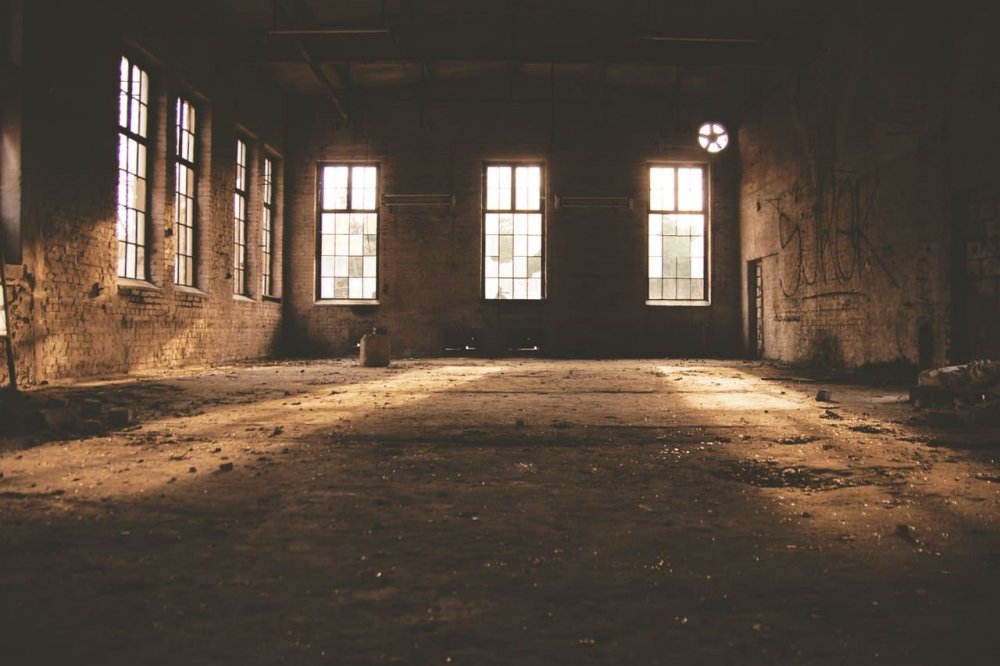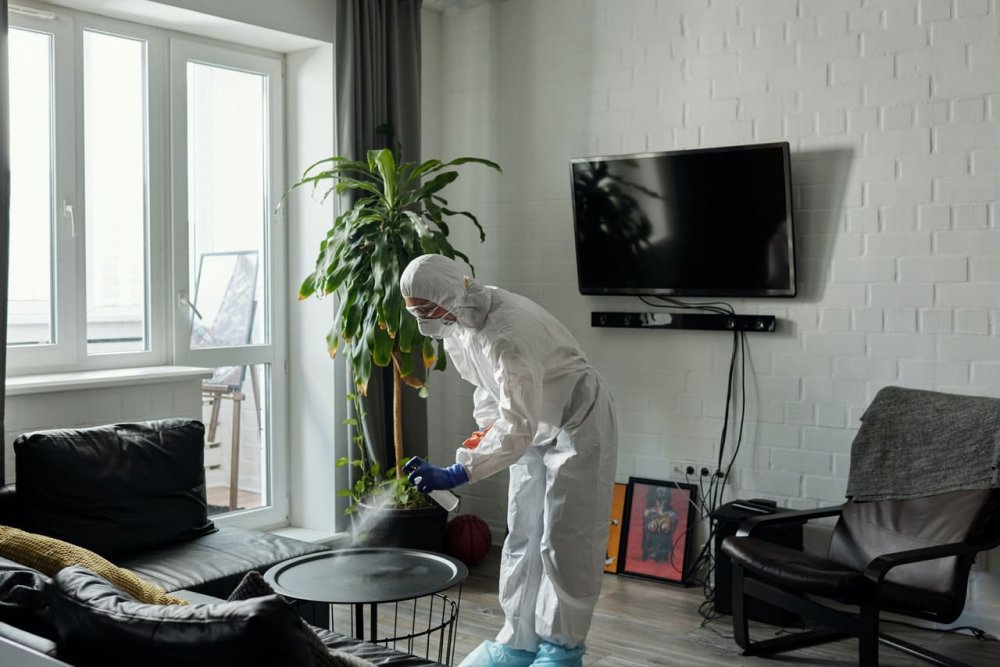8 Myths And Misconceptions About Mold
Do you believe that mold is always visible? Mold is something that no homeowner wants to see in the house. Even if you can’t visually confirm the existence of mold, it doesn’t mean that it’s not hiding somewhere. It’s a myth that mold is something you can clearly spot.
And that’s not the only myth about mold. Understanding these common misconceptions and myths regarding mold growth is crucial for every homeowner. Since mold poses health and property damage risks, you need to fully understand its effects.
In this article, we are going over the eight biggest myths and misconceptions about mold. You’ll learn about the typical misunderstandings so that you can take better, more efficient action to prevent or address a mold problem in your home.
1: Only Black Mold Is Dangerous
You can’t rely on the color of mold to determine whether it’s dangerous or not. That’s because some dark-colored mold does nothing to people in terms of health effects. However, black mold can be very toxic.

The toxic black mold is a filamentous fungus that belongs to the Stachybotryaceae family. This type of mold is associated with substandard indoor air quality. It usually grows on water-damaged materials. Not only is it harmful to your health, but to your pets' health as well.
2: Tiny Specks Of Mold Pose No Threat
Mold should always raise concern. If you visibly see tiny spots of mold growing in your home, you might be dealing with a dangerous mold issue in hard-to-reach places. Sometimes substantial mold growth goes unnoticed for months or even years.
Visible mold isn’t only an indicator of problematic growth in your home. It’s often a tell-tale sign that you have other problems to solve. For instance, mold could show up when you have poor ventilation or a water leak in the house.
3: Bleach Eradicates Mold Completely
Bleach is a popular mold removal solution. Many homeowners use it to make their living spaces mold-free. Little do they know that bleach is only strong enough to kill live mold. This chemical doesn’t take care of the whole problem.
In fact, bleach removes none of the mold spores. When you use a bleach and water solution, the mold regrowth will be even faster. It’s a much better idea to use a household detergent and water if you want to conduct a small-scale mold removal.
4: Your Home Can Be 100% Mold-Free
No active mold growth implies zero mold. All homeowners should know that mold spores are present all the time. That goes for both indoor and outdoor areas. It’s impossible to completely eliminate the mold spores.

The real question is whether you have favorable conditions in your home that make it easy for the mold colonies to take hold. Another issue is the concentration of mold spores within indoor air.
These favorable conditions include high humidity levels. Sometimes a water leak can cause an increase in the moisture content of your indoor air. Taking care of any leaky pipes will solve humidity issues.
When you have poor ventilation in your home, the concentration of mold spores can exceed standard levels. Some people may start to show symptoms of harmful mold exposure. Make sure that your home is always ventilated.
5: Leaks Are The Only Water-Related Risk Factor
Water leaks increase the chance of mold growth in your home. But these situations aren’t the only water-related risk factors. Some areas in your home are always more prone to mold growth.
Your basement, bathrooms, kitchen, laundry room and attic have a higher risk of creating favorable conditions for mold. Whenever you put together heat and water, you introduce an inviting atmosphere for mold to take hold.
6: Anyone Can Effectively Remove Mold
Proper mold remediation isn’t something that anyone can do by themselves. Instead, you need the services of a professional mold remediation company. The right company has the experience, knowledge and tools necessary to tackle unwanted mold growth especially when you're away for a long time or on vacation.

Here are some benefits of hiring professional services:
- The mold remediation company will identify the underlying cause of the mold infestation.
- They will take care of isolating the moldy area to keep the mold from spreading any further.
- The company will make sure to clean the air from the excess mold spores.
- Professional mold remediators will remove the mold from the affected areas and clean the surfaces with the right products.
- The right contractors will use professional equipment that isn’t part of the regular household device line-up. PPE, expert cleaning solutions, HEPA filtration units and HEPA vacuums are all used in these situations.
7: Mold Is Easily Identifiable
The spectrum of mold and fungi species is vast. There may be hundreds of thousands of species, which makes it hard to pinpoint the culprit in some cases. For example, mold and mildew may be easily confused with each other.
That doesn’t mean it’s impossible to identify the mold you have growing in your home. The ones commonly growing in home environments have been investigated thoroughly. But you may still have mold in your home that even the experts can’t quite identify.
8: Mold Can’t Make A Person Sick
Not all people are affected when they are exposed to mold. However, anyone with chronic lung conditions and/or in a state of immunosuppression can be more receptive to the mold’s effects. Headaches, watery eyes, dizziness, coughing and nasal congestion are common symptoms of chronic mold exposure.
In A Nutshell: Misconceptions About Mold
Mold is bad news for homeowners. Even though mold is a common issue that people are dealing with, there are plenty of myths that surround this potentially dangerous home intruder. These are the top three misconceptions about mold:
- Your home can be 100% mold-free: No, there are always mold spores in the air.
- Anyone can effectively remove mold: No, you need professional services for that.
- Black mold is the only dangerous kind: No, other types of mold can cause allergies and health problems.


